Fastlec uses cookies to ensure that we give you the best experience on our website. If you continue we assume that you consent to receive all cookies on the Fastlec website. Read More.
Blog
All of the latest news and insights into the electrical world, from Fastlec.
As humans, we really need our daily dose of food, water, and a constant supply of air to keep going. Did you know that an adult needs over 10,000 litres of air every day? That's like taking around 20,000 breaths!
It's kind of surprising, but on average in the UK, we spend around 90% of our time indoors. That's whether we're at home, work, shopping, eating out, or just relaxing. But guess what? Indoor air can get up to 5 times more polluted than the air outside. We usually don't even realize it until our health takes a hit.
Especially now that more and more people are working from home, having good indoor air quality is critical.
What exactly is poor indoor air quality?
Well, it's just a fancy term that describes how clean the air is inside and around the buildings we spend time in. When the air inside or outside gets filled with harmful contaminants, it can really impact our health.
The thing is, we're all at risk of indoor air pollution, but it's even riskier for people with conditions like asthma, COPD, or any lung issues. Kids especially, whose lungs are still growing, and older folks are much more sensitive to bad indoor air.
Time for some numbers
According to https://commonslibrary.parliament.uk/research-briefings/cbp-9696/, the NHS spends an estimated £1.4 billion every year to treat illnesses caused by living in cold, damp, and unsafe conditions. But that's not all. When you add all the other costs like healthcare, that number skyrockets to a whopping £15.4 billion!
About one in six homes in England and one in five of homes in Wales were constructed before the year 1900. Now, when we look at the majority of homes in both England and Wales, most were built between 1930 and 1982. That’s almost half of the homes in England and almost the same amount in Wales. As you can see that’s a huge percentage of the houses in the UK, and these old places are perfect for things like dampness, mould, and mildew, which can really affect our health.
But it's not just old homes dealing with this. Even new houses have their own issues. They're built with improved air tightness, but this can trap warm, moist air indoors, leading to that damp feeling.
What causes poor indoor air quality?
Well, a bunch of stuff we use every day can affect the air quality in our homes. Things like cooking with gas, using cleaning sprays, beauty products, and even those air fresheners we love so much.
The tricky part is that without proper ventilation, these pollutants can stick around for a while, slowly impacting our health without us even realizing it. Breathing in bad air for a long time can lead to serious health issues like asthma, lung diseases, and even heart problems.
There are all sorts of things contaminating our indoor air quality, like:
Humidity: When we don't have good airflow, things get too humid and that encourages mould and dust mites. This makes allergies and asthma worse.
Nitrogen Dioxide (NO2): This comes from things like gas stoves and traffic. Breathing in too much NO2 can increase your risk of respiratory infections, make asthma worse and reduce overall life expectancy.
Particulate Matter (PM): This is created by burning fuels and other chemical reactions. The tiny particles can hurt your lungs and even up your chances of getting lung cancer.
Volatile Organic Compounds (VOCs): Found in things like air fresheners, cleaning supplies, and even new furniture. They can cause cancer and negatively affect your nervous system.
Radon Gas: This colourless gas forms when natural elements in rocks and soil break down. Prolonged exposure to it can increase your chances of lung cancer.
https://www.fastlec.co.uk/blog/radon-understanding-the-dangers-and-how-to-protect-yourself/
And you know what? There are guidelines and rules to make indoor air better. Like having fans in rooms to keep the air moving, which is something Building Regulations in the UK talk about: https://www.gov.uk/government/publications/ventilation-approved-document-f
But it's more than that. Indoor air quality is a big deal, so the World Health Organization (WHO) set up some guidelines covering things like mould, chemicals, and fuel burning.
https://www.who.int/news-room/feature-stories/detail/what-are-the-who-air-quality-guidelines
WHO says we all have a part to play. Building owners need to make sure places are well-built and not too damp, and people living there should use water, heat, and appliances in ways that don't create mould. If there's dampness or mould, we should fix it. Plus, good ventilation is key to managing moisture inside buildings.
Whether we're talking about our cosy homes or the places we work and hang out, it's clear that having clean indoor air isn't just important, it's a must for our health and happiness.
So, how do we beat indoor air pollution?
One of the most efficient and simple ways to tackle condensation and clean up the air inside your home is Positive Input Ventilation (PIV). This tried-and-true ventilation approach has been around for 50 years, and it's a game-changer.
Whether you're a homeowner, providing housing for the community, or a private landlord, Positive Input Ventilation (PIV) is a fantastic and elegant choice.
PIV
Now, how does this thing work? Simple! PIVs ensure a constant flow of fresh, filtered air gets pumped into your place. You install the bulk of the unit in a loft space and fit the circular ceiling diffuser centrally in your property. Once the PIV is on, the air is sucked in from the outside, into your loft and through the PIV’s filters. Then, it’s pushed through the vent creating positive air pressure. By pushing clean, fresh air from the centre of your house, pushes out all the old stale air reducing humidity, kicking out those nasty air pollutants, and giving a big boost to the air quality of your home or property.
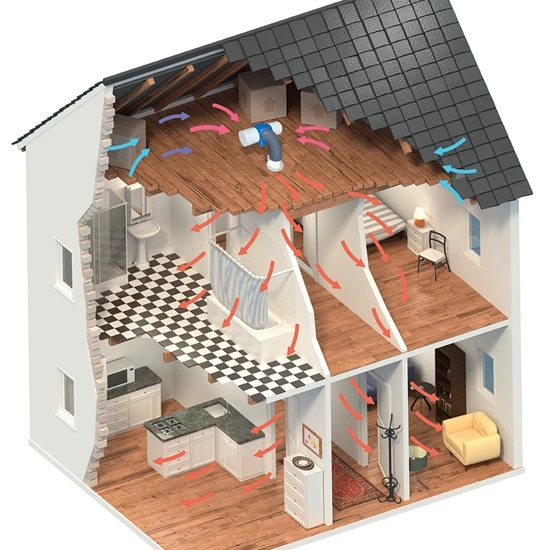
Dehumidifiers
Dehumidifiers can be an effective solution for improving air quality in homes, particularly in areas with high humidity or problems with moisture. Here's how they can help:
- Reduction of Mold and Mildew: High humidity can lead to the growth of mould and mildew. By reducing humidity levels, dehumidifiers can help prevent these growths, which can be harmful to respiratory health.
- Dust Mite Control: Dust mites thrive in humid environments. Dehumidifiers can help control dust mites, which are a common allergen.
- Alleviation of Respiratory Problems: Moist air can irritate the respiratory tract. Dehumidifiers can make the air more comfortable for people with allergies or respiratory conditions like asthma.
- Protection of Home Structure: Excessive moisture can harm the structural integrity of your home, leading to peeling wallpaper, warping wood, or other moisture-related damages. Dehumidifiers can help protect against these issues.
- Odour Control: Musty odours often accompany mould and mildew growth. By controlling moisture, dehumidifiers can help eliminate these smells.
- Comfort: High humidity can make the air feel warmer than it actually is. By reducing humidity, a dehumidifier can make the living environment more comfortable.
However, it's essential to note that a dehumidifier alone may not solve all air quality issues. It primarily addresses problems related to moisture and humidity, but it may not remove other pollutants like VOCs, smoke, or particulates. Also, selecting the right size and type of dehumidifier and properly maintaining it is crucial for its effectiveness.
In cases where there are specific concerns beyond humidity (such as pollution from traffic or industrial sources), additional air purifying measures, such as using an air purifier with a HEPA filter, might be required.
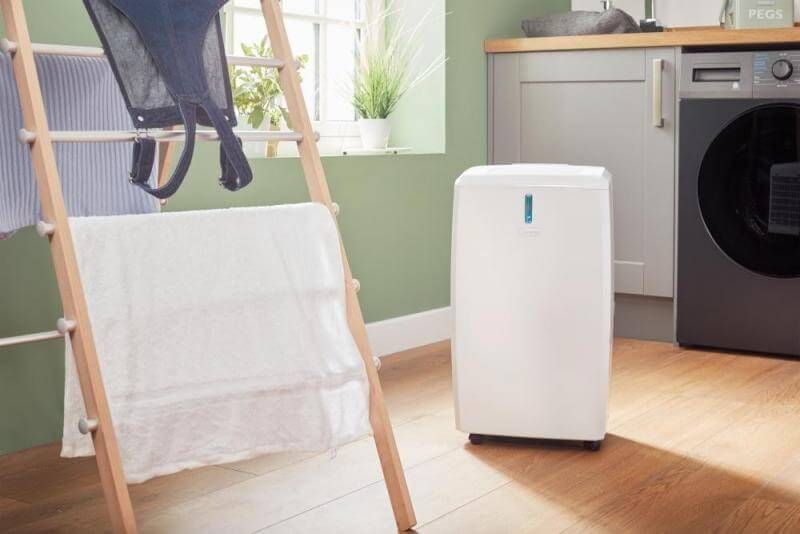
Heat Recovery - MVHR
Another solution is this thing called Mechanical Ventilation with Heat Recovery, or MVHR for short. Companies like Nuaire, Vent-Axia, Domus, Blauberg and Zehnder all make these superheroes of the ventilation world. You see, it's not just about saying goodbye to stuffy air in your bathrooms and such. MVHR takes it up a notch.
Ducted with pipes throughout your whole house, this system takes out the old air that's loaded with moisture and stuff you don't want and pumps in fresh air at the same time. But get this, the old stale air goes through a nifty heat exchanger on its way out. This exchanger takes the heat from the outgoing air and shares it with the incoming fresh air. So, that new air gets all cosy and warm before it enters your space. And here's the magic part: because that incoming air is already warmed up, your heating system doesn't need to work as hard. So, your place is always feeling fresh, cosy, and energy efficient. It's like giving your home a breath of fresh air and a warm hug all at once!
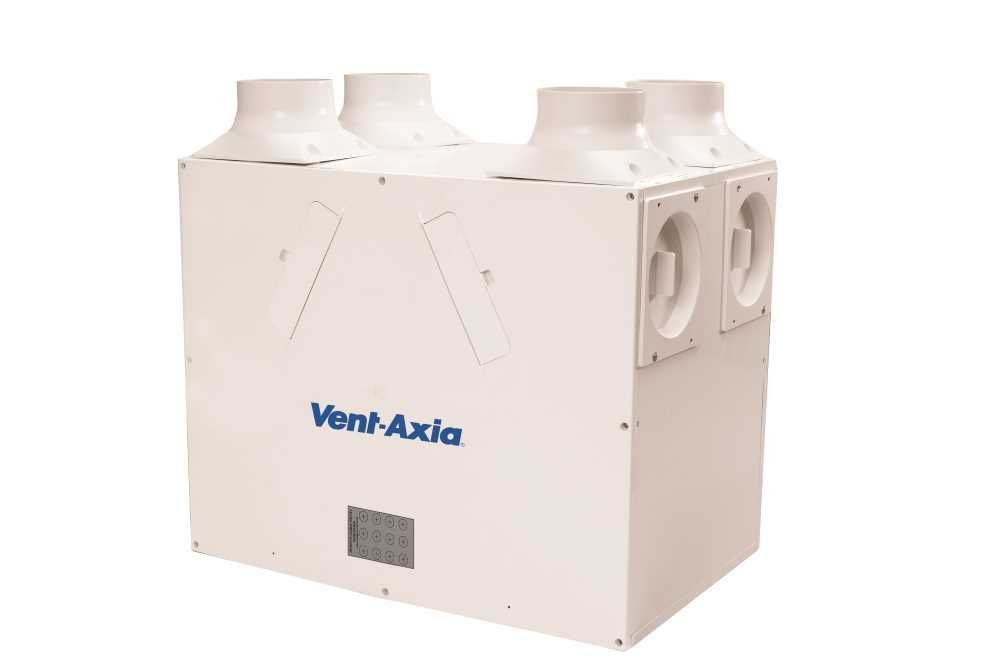
Additional Filter Systems
Do you want even better air quality? Of course, you do! Meet the Blauberg Cleanbox. You attach the Cleanbox to an existing MVHR system and it kicks out all the bad stuff from the air entering your property.
What’s really good is the Cleanbox is a three-part deal. First, the G4 Grade filter steps in, catching stuff like dust and pollutants, making sure your air is top-notch. Next up, the F8 Grade filter goes to work, handling pollen, mould spores, and even tiny things like bacteria and viruses. Last but not least, the activated carbon filter takes care of the big guns—Car fumes, Nitrogen Dioxide, and even funky smells.
And get this: they use this super effective virgin carbon that's got way more surface area, which means it can soak up pollution like a sponge. Oh, and Cleanbox has this unique hexagonal design that makes sure your airflow is top-notch. More airflow, more efficiency.
Plus, these Cleanbox units are small and easy to fit in, and they won't break the bank. And guess what? If you need to change filters, you don't have to replace the whole unit. You can just swap out the filter cassettes. Way more budget-friendly.
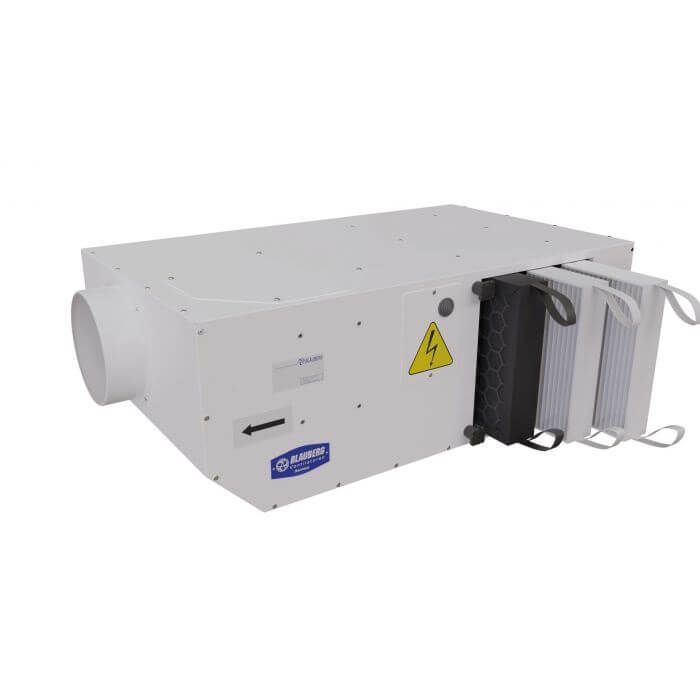
So, what's the bottom line? Whether it's a flat, apartment, house, or even an office, adding a Cleanbox to your MVHR can really make a huge difference to the air quality. And as a bonus, it keeps your energy core clean and dust-free, which means you're saving even more energy. Clean unit, happy you!
Can’t install any of these systems? No problem!
Air Purifiers
Let's chat about Air Purifiers, and more specifically, the Vent-Axia PureAir Room. It’s your secret weapon against all the bad stuff hanging around in your air. Imagine having a free-standing, no-installation-required system that kicks out those harmful particles and says "bye-bye" to funky smells, all while giving you and your family a fresher and healthier indoor environment. Sounds pretty awesome, right?
Here’s how it works:
First, the air hits a washable pre-filter that catches the bigger particles, making sure the next filters don't have to deal with them, then a HEPA filter that's all about getting rid of the tiny particles—like pet allergens, pollen, viruses, and bacteria. Now it’s on its way to an activated carbon filter that's like a giant magnet for odours and gases. It traps them in its charcoal embrace, leaving your air smelling fresh. Straight ahead is the cold catalyst filter that speeds up the breakdown of bad stuff in the air, turning them into harmless molecules.
Up next, the ultraviolet light technology. This is like a science fiction movie coming to life using short-wavelength ultraviolet light to zap bacteria and viruses, making your air a safer place.
The final stop is the ionizer. This is the grand finale of the whole process. It creates negatively charged ions that stick to tiny particles, making them join forces and get caught by the filter.
The PureAir Room is like your trusty sidekick. It’s portable, so you can take it to any room that needs a breath of fresh air. It's got a display that shows you how good your air is. Plus, it's got settings like timer mode and sleep mode. It's basically the cool, high-tech way to make your indoor air top-notch and keep you and your family feeling awesome.
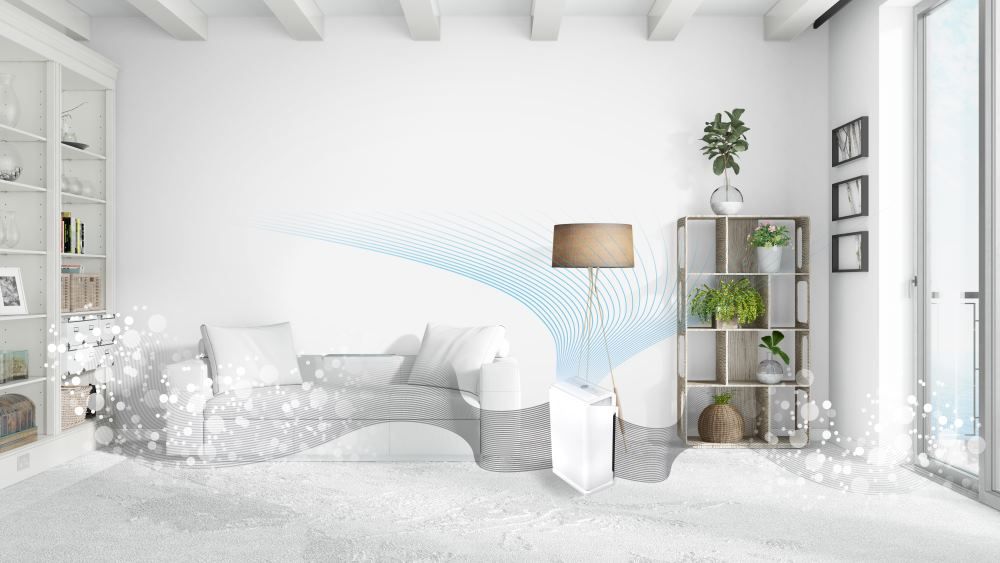
Summary
So, there you have it, indoor air quality can really make such a difference in our health and comfort. From those charming old houses to the shiny new ones, we've got to keep an eye on the air we're breathing. Remember, it's not just about our homes; it's about our well-being. So, let's appreciate fresh air, smart ventilation, and living our best, healthiest lives indoors!


